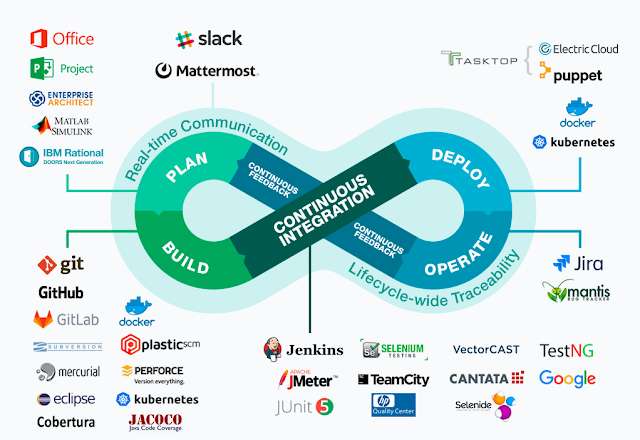What is Prometheus and How Does it works?
What is Prometheus?
Hey Folks,
Here is the most versatile monitoring tool available, which can monitor numerous infrastructure and application metrics. But before we begin, let's first understand what Prometheus is about:
Meaning of Prometheus:
In
Greek mythology, Prometheus is a demigod (someone who is part human and
part god) who stole fire from Mount Olympus and gave it to humans.
Just
like Prometheus stole fire in a similar way Prometheus monitoring tool scrapes
(Pull Model) the matrix from the targets and stores it in the database.
Prometheus
What is Prometheus?
Prometheus is an open-source
monitoring and alerting toolkit. Since its inception in 2012 by sound cloud.
Prometheus is a free software
application used for event monitoring and alerting, which helps us to
record real-time metrics in a time series database (allowing for
high dimensionality) built using an HTTP pull base model, with powerful
and flexible queries and real-time alerting.
Uses a multi-dimensional
data model with time series data identified by metrics name and key/value
pairs. It makes use of PromQL, a very powerful query language,
Prometheus is a pull-based metric monitoring system that needs the
location of specific endpoints.
Why do we use Prometheus?
Prometheus scrapes metrics
directly from the defined endpoints or, from short-lived jobs by using a
push gateway when the job exits. The scraped data are stored locally on
Prometheus local storage, and rules are applied to that data to aggregate and
generate new time series from existing data or generate alerts based on
user-defined triggers.
In Modern, DevOps is becoming more
and more complex to handle manually and therefore needs more automation
typically you have multiple servers that run containerized applications and
there are 100 different processes running on the infrastructure, and things are
interconnected so maintaining this type of setup to run smoothly and without
application down times is very challenging.
Imagine having such complex
infrastructure with loads of servers distributed over many locations and you
have no insight into what is happening on hardware? level or application? level
like Errors? Response latency? Hardware down? Or Overloaded? may be running out
of resources? etc.
Why Prometheus
In such complex infrastructure, there are more things that can go wrong when you have tons of services and applications deployed any one of them can crash and cause the failure of services, and only have so many moving pieces and suddenly application becomes unavailable to users you must quickly identify what exactly out of these hundred different things went wrong and this could be difficult and time-consuming to debugging the system manually.
How Does Prometheus work?
Prometheus
collects metrics from the monitored target by scraping metrics from HTTP
endpoints.
it
is fundamentally different than other monitoring and alerting systems. Rather
than using custom scripts that check on services and systems, the
monitoring data itself is used.
Scrapping
endpoint is much more efficient than other mechanisms like 3rd part agents.
A single Prometheus server can
invest up to one million samples per second as several million-time series.
Prometheus Working
Features of Prometheus:
- A multi-dimensional data model with time series defined by metric name and set of key/value pairs
- PromQL is a flexible and powerful query language to leverage this dimensionality
- No relatives distributed storage; single server nodes are autonomous.
- An HTTP pull-based model for time series collection
- Pushing time series is supported via an intermediary gateway for batch/temporary jobs
- Targets emerge via service discovery or static configuration
- Multiple modes of graphing and dashboarding support
Prometheus components:
- Rule & alert engine
- Query engine
- Compactor
- Scrape engine
Components of Prometheus
Components:
There are 4 types of metrics in
Prometheus with all the data exposed we need Prometheus to grab all of this the architecture of Prometheus:
- Compactor: which constantly
compacts the data to make it more efficient to query it.
- Query Engine: this allows you to query for
the data to send requests to Prometheus and get some data out of it.
- Scrape Engine: which goes to that
metrics endpoint it gets the metrics from it and puts it on the local storage.
- Rule & Alert Engine: most important part
which allows you to aggregate some metrics data so for example if you have some
query that does a lot of computation or calculation you most likely want to
procure pre-calculate all of that and the rules engine permits you to do just
that. An alerting engine gives you the functionality to receive alerts messages
when something goes wrong
Learn about Prometheus Architecture in detail?
Thanks & Regards,
Kanchan Soni
(A girl who saw the dream with an open eye to compete with self-capability in the area of IT and its Next-Gen Technology, with the ability to complete the task with perfection.)
Email: kanchansoni.cse@gmail.com











Comments
Post a Comment